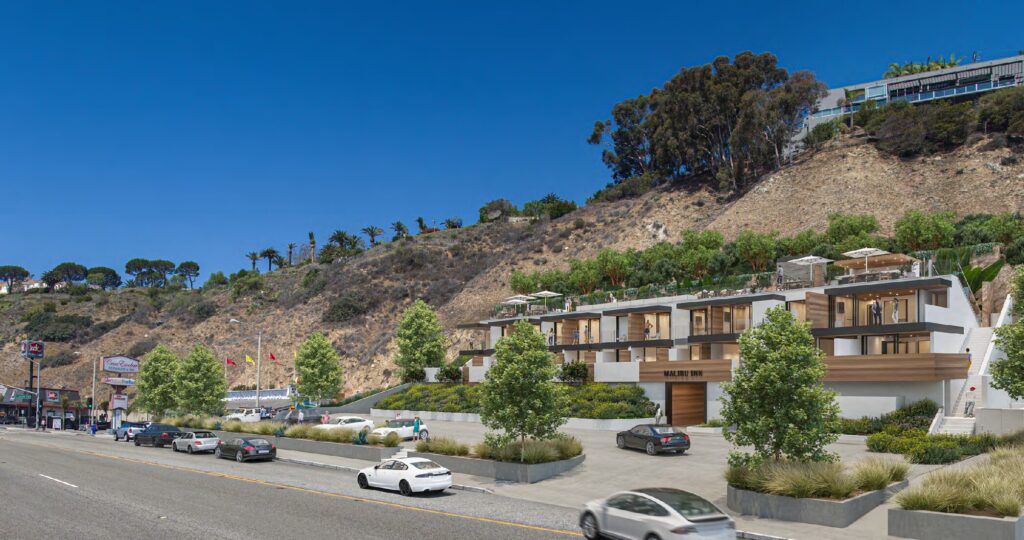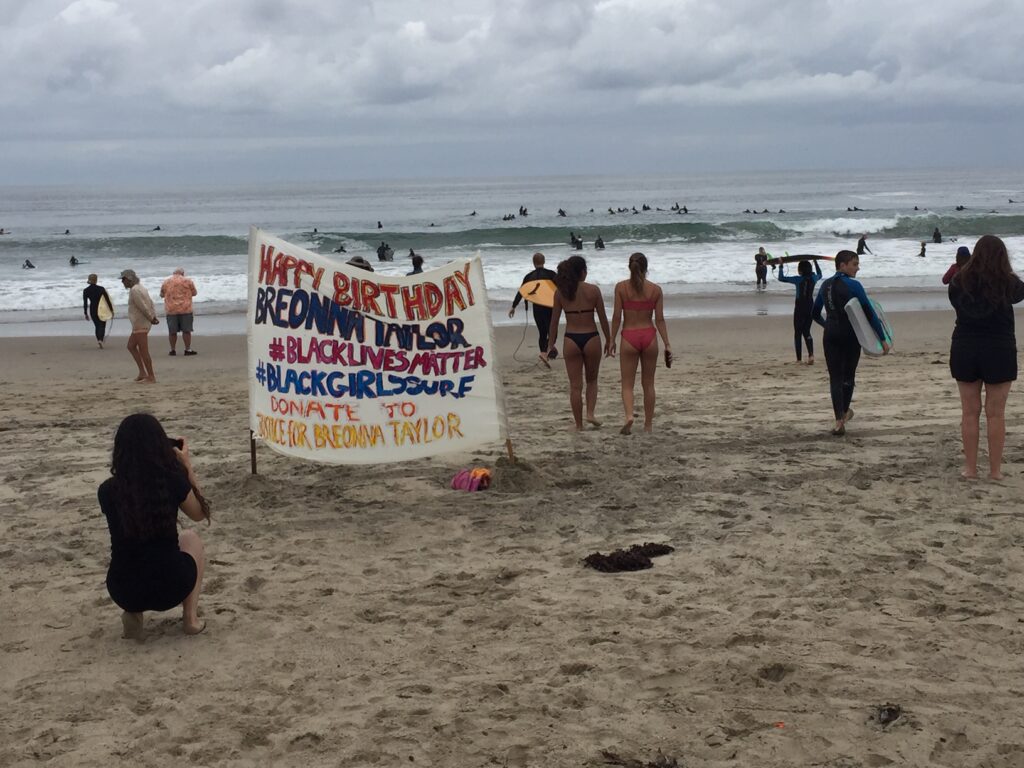Mandatory Evacuations Ordered For Paradise Cove, Ramirez Canyon,
Written by 991KBU on January 14, 2019
MANDATORY EVACUATIONS ORDERED FOR
PARADISE COVE,
RAMIREZ CANYON,
TRANCAS CANYON/MALIBU WEST
LATIGO CANYON INCLUDING
– OLD CHIMNEY
– ESCONDIDO DR
– EL NIDO NEIGHBORHOOD
7:45 UPDATE Monday night
LA county will evacuate Malibu neighborhoods Tuesday morning — as many as 200 residences.
City manager Reva Feldman announced tonight that mandatory evacuations will begin at 8 am Tuesday in Malibu West and Ramirez Canyon in the city, and other neighborhoods in the county.
Specific properties in the following areas will receive door-knock notification and posted notice at their residence this evening and again tomorrow morning;
• Corral Canyon / El Nido
• Escondido / Old Chimney
• Escondido Drive / Latigo Canyon
• Malibu West / Trancas Canyon
• Malibou Lake
• All of Ramirez Canyon Road and adjacent streets
• Paradise Cove Mobile Home Park & Restaurant
The areas identified above are at high risk for potential mud and debris flow. These prop- erties are adjacent to steep slopes or sit at the base of drainages.
Not all properties may be directly affected by mud and debris flow, however all roads in the area are subject to closure and residents may have limited access in and around the evacuated communities.
Los Angeles County Sheriffs have established patrols to monitor evacuated neighbor- hoods for looting and to ensure public safety.
All Woolsey Fire burn areas continue to be subject to possible evacuations. County public safety authorities are issuing these additional precautions:
• Communities in low-lying areas or next to steep slopes or waterways are particularly at-risk of falling debris and mud flow.
• Residents living in homes with limited roadway access or that can become isolated for an extended period due to the storm should consider leaving before storms arrive.
• Homes or neighborhoods with gates should consider leaving them open to avoid being trapped due to mud flow accumulation; even one-inch of mud can restrict gate operations.
• If your property becomes unsafe and there is no time to evacuate, seek safe high- ground.
The potential for serious, life threatening mud flows will spread across Malibu Tuesday, as three inches of rain is possible, meteorologists say.
Tuesday’s storm has the potential to be much stronger, and to last much longer. than today’s.
People who live in the flood areas marked red by the USGS mud maps should consider packing and leaving early tomorrow morning.
People who live in areas that are accessed by roads or driveways that can flood or get covered by mud should also consider leaving now.
Anticipate that the PCH will flood again tomorrow west of Trancas. But you can also assume a big traffic jam heading east to Santa Monica, if major evacuations are called.
Thi sstorm is strong enough to cause landslides and rockfall in places untouched by the Woolsey Fire, but the situation below fire-burned hillsides is critical.
The NWS says the rain that will fall Tuesday has the potential to be the strongest of this series of storms.
It will be accompanied by stronger southerly flow (with less of the easterly component we had today) and more instability.
For this reason the risk for burn area flash flooding is high enough to warrant a flash flood watch for those areas.
The biggest concern — and heaviest rain — will be early Tuesday afternoon through early evening for LA/eastern Ventura Counties. At peak, between a one half and one inch per hour are possible, with slightly higher rates near thunderstorms.
Rain will taper off again Tuesday night and early Wednesday but then ramp up again late Wednesday into Thursday as the next system arrives. Models don`t show quite as much southerly flow with it, but still some instability and the duration of rain could be longer.
So rainfall rates and totals (and the burn area flash flood threat) may be similar to the Tuesday event.
Given the amount of rain that will have fallen to that point areas outside the burn areas may be at an increased risk for flooding, especially near smaller creeks and rivers and other threats such as falling trees and rockslides.


